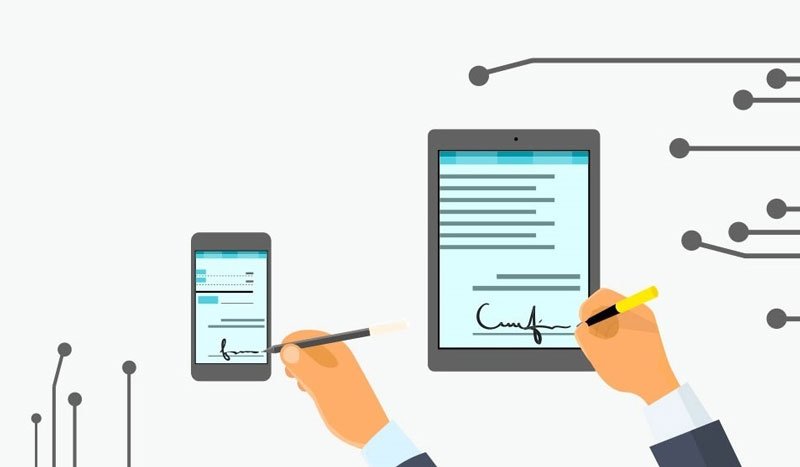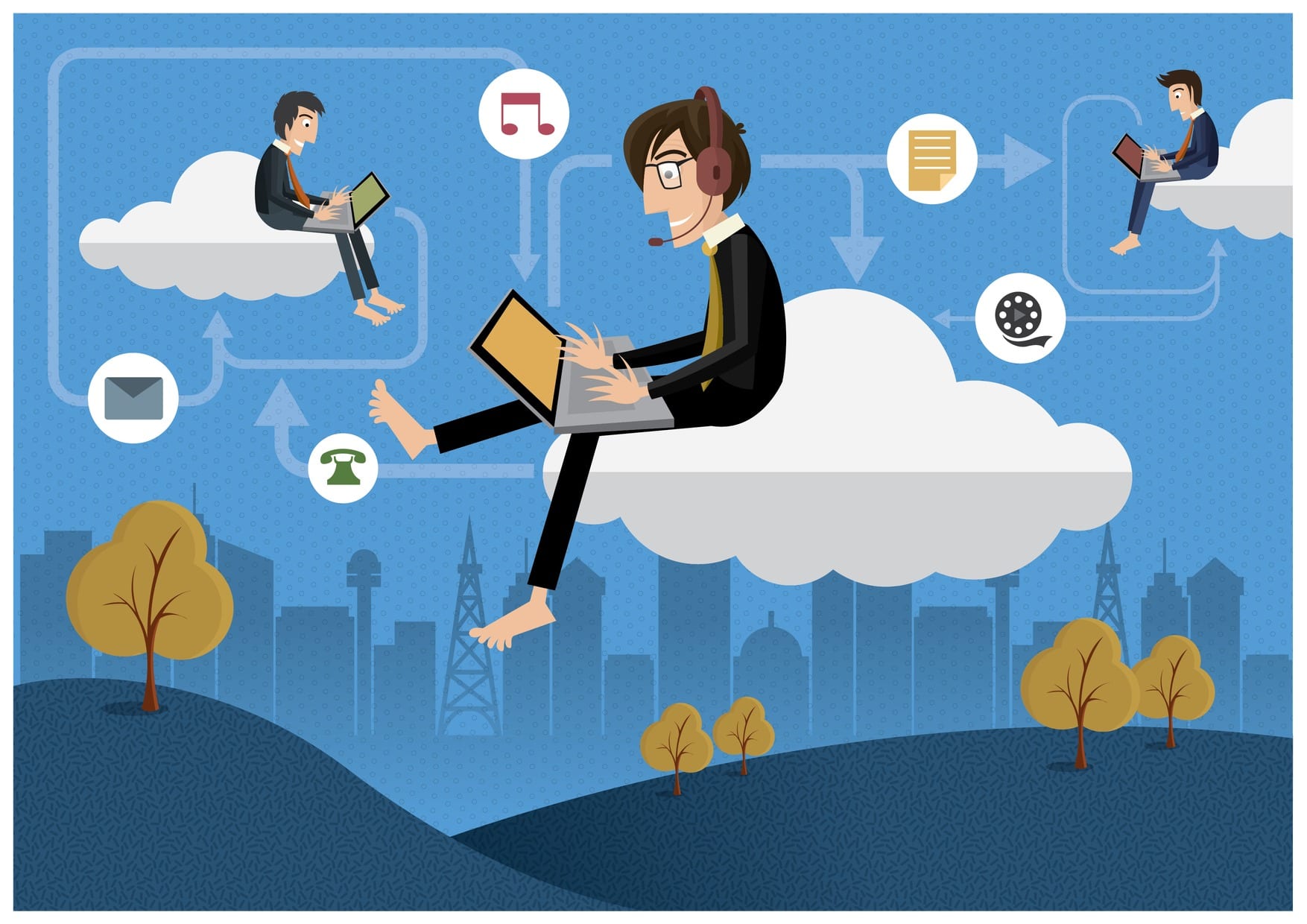Everything You Always Wanted to Know about E-Signatures by DocuSign!

How have electronic signatures (e-signatures) changed the world? Here’s just one small example: Applying for a loan from the bank used to involve scheduling an appointment, driving to your local branch, meeting with a loan officer and signing a sheaf of documents.
Now, you can do it from your smartphone, with about the same effort it takes to order takeout from your local burger joint.
E-signatures are about more than convenience, however. When done properly, they can be more secure than a physical “wet ink” signature. Privacy, efficiency, sustainability—they’re all part of what makes e-signatures preferable to paper.
Here are our answers to the most frequently asked questions about e-signatures.
1. What is an e-signature?
“Electronic signature” is a term with a legally defined, specific meaning. In the United States, the ESIGN act of 2000 defines electronic signature as follows: “An electronic sound, symbol or process, attached to or logically associated with a contract or other record and executed or adopted by a person with the intent to sign the record.”
2. How is an e-signature different from an “online signature” or “digital signature?”
These three terms are often used interchangeably, but there are important differences between the three. An “online signature” is not a legal term—it may or may not meet the requirements to be enforceable in a court of law.
A “digital signature” is a type of electronic signature with added layers of security and privacy protection. It complies with strict legal regulations, securely associating the signer with the document and giving the highest level of assurance of the signer's identity.
3. Why e-signatures?
Why would businesses use e-signature as opposed to traditional “wet ink” signatures?
There are several key benefits to e-signature as compared to paper-based solutions:
- Security and legality. With the right provider, e-signatures can include multiple levels of verification and evidence—they are more legally defensible than a forgeable paper signature.
- Efficiency and convenience. Clients, customers and employees can sign documents on mobile devices and paperwork never gets lost in the mail.
- Sustainability and cost-efficiency. Fewer paper records means less waste and also less spent on paper, stamps, envelopes, file folders, etc.
- Risk reduction. E-signature forms can require that all forms be filled out and data be entered in the correct format.
What types of documents can be signed electronically?
Most common types of business agreements can be signed electronically. E-signature can be used internally in a business for human resources documents like hiring contracts, new hire paperwork and employee policies, for example, as well as for external transactions like:
- Sales contracts
- Nondisclosure agreements (NDAs)
- Real estate purchases
- Purchase orders and vendor agreements
- Insurance applications and claims
4. Legality
Are e-signatures legally admissible?
Yes, an electronic signature can be used to sign a contract, which is enforceable in a court of law. Laws like ESIGN require that an e-signature meet certain minimum requirements to be legally enforceable; it must meet standards for security and validity. This is why an e-signature provider is essential for creating a signature that meets legal standards.
Are “wet ink” signatures still considered superior for legal purposes?
In most cases, e-signatures are just as enforceable as a “wet ink” signature. Verifying a wet ink signature in a court of law generally requires an expert to compare signatures forensically and ensure they match. An e-signature can be equipped with digital authentication, security and tamper-proofing that make it far simpler to determine its legitimacy.
Are there legal documents that can’t be signed electronically?
In the U.S., the National Telecommunications and Information Administration (NTIA) excludes certain categories of document from e-signature. These include:
- Wills or testamentary trusts
- Family law documents like divorce or adoption papers
- Court orders, briefs or pleadings
- Notice of cancellation of water, heat or power
- Notice of default, foreclosure or eviction
- Notice of health or life insurance policy termination
- Recall notices for products that with a considerable risk to health or safety
- Any document legally required to transport hazardous materials
5. Security
Are e-signatures less secure than wet ink signatures?
Quite the opposite. With the right e-signature solution, an electronic signature can be substantially more secure than a physical version.
An electronic signature creates an audit trail that makes it easy to verify its authenticity and avoid tampering. Each one has a specific sequence of encrypted numbers called a Public Key Infrastructure (PKI). The PKI records the date and time of the signing, the signer’s IP address and more.
Every document signed with DocuSign eSignature has a time-stamped history of every action taken with that document: when it’s sent, viewed, printed, signed, etc. Our system generates a Certificate of Completion that records the signing event, information on the signer and the documents involved.
Can e-signatures be used in regulated industries like healthcare and finance?
The advanced security and authenticity features of an e-signature actually make it easier for regulated industries to meet legal requirements. In healthcare, for example, there’s growing demand for telemedicine—patients receiving care without having to be present at a facility. This trend has led the healthcare industry to adopt more online documents for patient intake and other transactions, all of which can be signed electronically.
In finance, e-signature can help ensure compliance with know-your-customer and anti-money-laundering requirements.
6. Getting started with e-signatures
Once people know the what and why of e-signatures, most have one more question:
Where do I start?
Thankfully, that one has an easy answer. We’re committed to making e-signature as seamless, painless and simple as possible. See for yourself: Get a 30-day free trial today.



